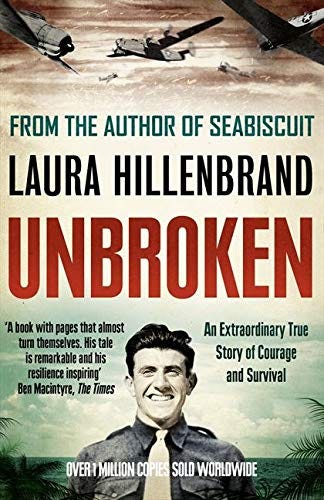Why I write true stories and the book that inspired me
My journey to becoming an author of narrative nonfiction. What's yours going to be?
Hello and welcome to this week’s A-B-C of Writing True Stories newsletter.
I was thrilled with the number of new subscribers last week. I realise there will be a wide range of experience and expertise among you, so I hope there’s something useful and of interest for everyone.
This newsletter is my perspective, based on my experience. It doesn’t claim to be definitive, but I hope it inspires you to try writing true stories for yourself and to find your own path. I am really keen to hear from you and to learn something new myself along the way.
True stories: In search of a name
When you go to journalism school they teach you to pack all the crucial information into the first sentence (the intro), to answer the questions Who, What, Where, Why, When and How. This is great for breaking news, but death for suspenseful storytelling.
Nonfiction is a broad church. What I am interested in is nonfiction told as a story. Nonfiction that embraces narrative, whose author tells a story using the same techniques as fiction: suspense, foreshadowing, characterisation, plotting, etc.
The reason for reading narrative nonfiction is to be taken on a journey by the writer, to experience what the characters experience. Exactly the same reason we read the latest blockbuster novel.
It’s often called narrative nonfiction or creative nonfiction.
Call it what you will. The golden recipe is: a true story + great storytelling.
My compulsion to write
All I ever wanted to be was a writer. I became a journalist because it was a job where I would write for a living.
During the day I was writing news stories for newspapers. I was writing true stories using the ‘pack-the-facts-into-the-first-sentence’ approach.
At night I was writing plays, screenplays and novels — stories that I made up. I bombarded literary agents, TV companies, publishers and built up a thick file of rejection letters.
Yet for more than two decades it never occurred to me to put the two together. To write a true story using all the tools of a novelist or a screenwriter.
The turning point was when my mum died.
My light bulb moment
My mum and dad influenced my love of storytelling in different ways.
Mum was a voracious reader. She loved novels but also had an interest in true crime and true stories. Growing up in the ‘70s, I remember her reading Helter Skelter and Papillon.
Dad was different. He preferred to flick through cookery books or to pore over maps. He rarely if ever read a novel. He was stuck on chapter three of Day of the Jackal for years (when he died this year I found his unfinished copy in his room). But he had an innate understanding of storytelling.
He loved films. When I was a child he used to tell me the story of whatever film he had seen on TV the night before. I would be rapt with his retelling of To Kill A Mockingbird, or The Man Who Never Was or The Birdman of Alcatraz.
The light bulb moment for me as a writer came when mum died in November 2016. Not long afterwards I was going through some of the last recommended books she had passed on to me.
I hadn’t paid much attention to them at the time. They had gone on my to-read list. Now mum was gone, I looked at them differently. I wished I had shown more interest at the time.
The first one I picked up was Unbroken by Laura Hillenbrand.
It is the incredible true story of American Louis Zamperini, a one-time running star who competed at the 1936 Berlin Olympics, became an airman in the Second World War and was a prisoner of war under the Japanese.
From the moment I began reading I was gripped by Hillenbrand’s storytelling. It is the most amazing story of bravery, cruelty and resilience. The facts of Zamperini’s story are awesome, almost beyond belief. But this is not what kept me reading. It was the masterful way Hillenbrand told her story. It felt like I was reading the most immersive novel imaginable. It was cinematic, it had scenes, it had characters that I cared about. And it moved me. I was already in a raw emotional state after losing mum, but I felt choked and tearful reading about Louis.
When I finished, I turned to Laura Hillenbrand’s notes on sources at the end. As a journalist I was fascinated to see how she had done it. It was an incredible feat of research, reportage and craft. Not once had I felt like she was stuffing facts down my throat. Hillenbrand had made it all seem so exciting, so thrilling, so seamless
Suddenly I knew what I wanted to do. I could see how I could combine the two writing disciplines I had been pursuing for years. I could combine my fiction skills with my journalistic ones on a true story.
My writing life would never be the same again.
In the next newsletter, I will talk about how this revelatory experience led to me writing The Jigsaw Murders.
Questions for you to take away:
In each newsletter I will give you some questions to ponder. Consider it homework!
Why do you want to write? Jot down the reasons.
Why do you want to write true stories?
Which books have changed your life, and why?
Reading recommendations:
In each newsletter I will offer reading recommendations. They might be books, magazine articles or interviews. They will likely be what I’ve touched upon in that particular post.
So, for this post, my recommendation is the narrative nonfiction book that led to my lightbulb moment. A wonderful true story, that was also turned into a fine movie by Angelina Jolie.

